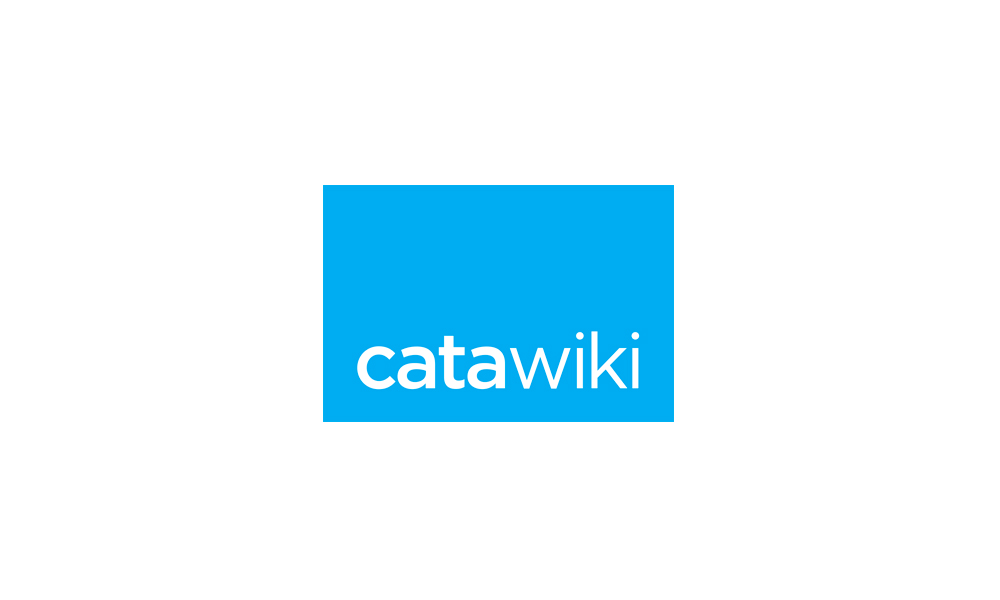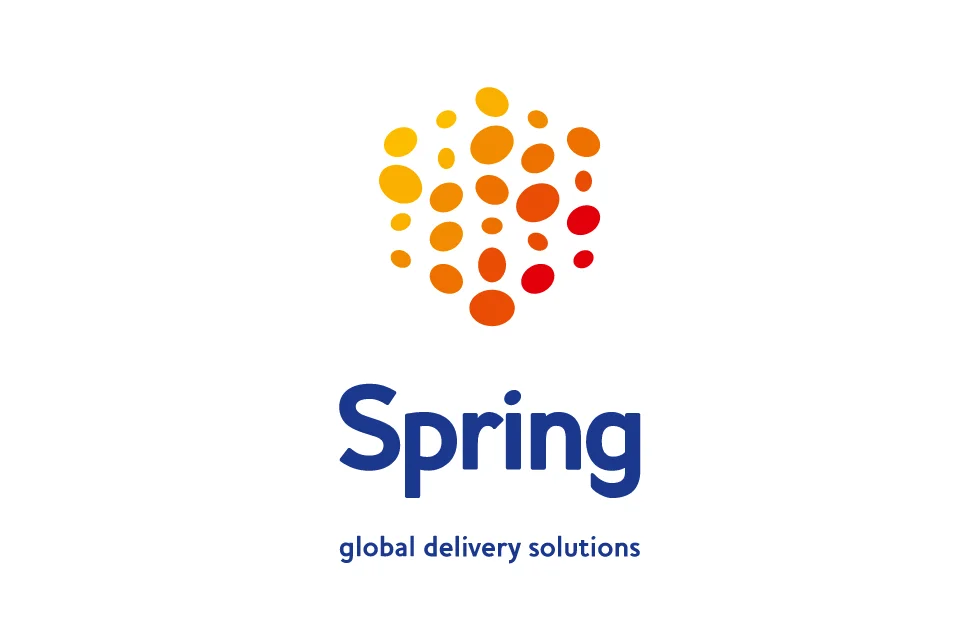“Europe’s fastest growing online auction house.” Behind this slogan hides one of the most successful initiatives of the last decade, Catawiki, a not at all subtle combination between the words “catalogue” and “wiki”, which nevertheless hides a business of extraordinary commercial impact.
At the end of last year, Catawiki was among the 500 fastest growing companies in the world, according to Deloitte’s EMEA ranking, as in the last five years its profits have skyrocketed 45000%, according to Techcrunch. Little has been done by eBay, Listia, UBid, Auction Zip, Christie’s and other established companies to stop the advance of this new player in the online auction market.
Catawiki, the online auction giant that puts eBay in trouble
Catawiki is an innovative online auction platform, available in about twenty languages and visited by 14 million users per month. Unlike other similar portals, the selection of the items to be auctioned is carried out by almost 185 professionals specialized in this sector, who guarantee the originality and quality of the pieces.
René Schoenmakers and Marco Jansen are the entrepreneurs behind the success of Catawiki, which was launched in 2018 with great limitations and a less ambitious bet, as users could only keep track of their online collections. In 2011, however, this auction house began operating at full speed, with thousands of weekly auctions and turnover figures that surprised locals and strangers alike. After dominating the European market, Ilse Kamps, general manager of Catawiki, aspires to turn this auction portal into the most important on an international level.
Catawiki and its more than 50,000 items at auction every week
One of the great strengths of Catawiki is its wide range of auctions available. Other portals, with similar characteristics, die little by little precisely because of the lack of items at auction or because of their low value. But this does not happen in Catawiki.
Catawiki has more than 300 auctions a week, or in other words, it has 50 thousand lots in permanent auction during this period, according to the figures offered by the platform. In its more than 80 categories it is possible to find countless collector’s items and products: from coins, books, comics, stamps, art and archaeological relics to diamonds, fashion, ethnic crafts, games and retro consoles.
Motor lovers will be delighted with its category dedicated to classic vehicles and motorcycles, with such prestigious brands as BMW, Honda, Mercedes-Benz, Porsche, Aston Martin, Autobianchi, Daimler or Ford. Watchmaking is also present in Catawiki, as are carpets, fountain pens, military objects or sports relics, among others.
But this very varied offer would be chaos without a search system at the height. In this sense, Catawiki surprises for having advanced filters that allow filtering the thousands of existing auctions: reserve price, end date, brand, geographical area, material, subcategories, order by relevance / closing date, etc.. It also has related search terms that help to make a more segmented and precise search.
How is the quality and usability of the Catawiki design?
The structure of the Catawiki home page consists of a menu and submenu with interesting links, a slider with a CTA to the portal categories, a carousel with the most popular products, a list of auctions that are about to end, an informative section (How does Catawiki work?), a space dedicated to the portal’s 185 experts and other spaces aimed at both buyers and sellers.
As for the loading speed of Catawiki, one of the most revealing usability indicators, it needs 2.02 seconds according to Pingdom and 2.9 seconds according to PageSpeed Insights of Google in the desktop versions. The responsive version of Catawiki comfortably meets expectations, offering an excellent browsing experience thanks to the optimization of resources, the adaptation of menus and banners and the general simplification of the web structure.
As it could not be otherwise, this portal has an interesting app designed for mobile customers, available for iPhone and Android devices. Its features include access to the latest auctions, the ability to enter new lots, a list of favorites that works as wishlist and watchlist and notification of updates to the minute.
Catawiki payment methods, shipping and delivery times
Catawiki offers various forms of payment to its customers, who after recognizing themselves as winners of a lot, receive an email with a link to ePayments such as iDEAL, Bancontact, Giropay, Sofort, EPS, Multibanco or Przelewy24. They can also pay by credit card: (Visa, MasterCard, American Express, etc.).
The buying and selling of auctions involves a greater number of processes than in marketplaces such as Amazon or BigBuy, and therefore delivery times within the European Union are around 5-7 working days. If the seller in question does not belong to the EU, the shipments can be delayed from 14 to 21 working days. Customs further slows this process, which can take up to three weeks if the lot is held at customs.
What is Catawiki’s customer service and support like?
For most queries, Catawiki has a Help Center section, conveniently divided into two areas: Help for buyers and Help for sellers. In each one of them, the most recurrent questions are answered: How can I contact the seller?’, ‘How long will it take to receive my lot?’ or ‘Can I pay by credit card?
For those interested who wish to contact directly with Catawiki, the portal has a web contact form, in addition to offering the consultation phone 911981228, available between 09:00 and 17:00 hours. On the other hand, this online auction house has physical offices in Paseo de la Castellana in Madrid.
Despite efforts to satisfy everyone, Catawiki must improve both its shipping and payment times, as well as its ability to resolve incidents that may arise between the seller and buyer. This is evident in TrustPilot.com’s ratings, where it has a rating of 7.9 out of 10 based on 7,566 customer ratings.
Up to 61% of them rate this platform as ‘very good’, while only 9% consider it as ‘very bad’. The slowness in the payment and the disclaimer of responsibility of the platform in certain incidences are the objective of most of the critics, as it is deduced from these reviews: “good page if there are no problems, but… these only pass you by”, “is the worst auction I have ever seen, […] to cash an article you can spend half your life” or “two claims, twice we have been ignored and have paid the seller without our consent”, among other complaints.
How is the security and protection of the user in Catawiki?
Scams and counterfeits orbit all auction houses, and therefore security is one of the most important aspects in this sector. Catawiki has a team of experts in all fields who are responsible for ensuring the quality and authenticity of the material, as well as the credentials of sellers, who are legion in this online auction portal.
Catawiki has a secure payment system to protect the seller and buyer. The first, for example, has no obligation to send the auctioned lot until the cattle has made the payment; from the perspective of the buyer, Catawiki has checkouts that ensure the security of transactions, and since the platform retains payments for about 14 days, customers have enough time to receive, examine and process the return of the auctioned lot if any irregularities are found.
For these cases, Catawiki always refunds the payments made within 10 days after the shipment of the lot, which provides great confidence to its customers.
Martech by Catawiki
Catawiki does not depend on any content management system (CMS), being a platform made to measure, whose visitor analytics depend on Google Analytics 360 Suite, Snowplow and KISSmetrics, mainly. In addition to jQuery, Catawiki uses JavaScripts such as Select2, Lightning.js, Almond, Classnames or Angular JS. Its widgets include the PhotoSwipe slider, MyFonts or the AddThis social buttons, among others.
The content distribution network (CDN) is provided by CloudFront, Facebook CDN and Akamai, and for remarketing campaigns, which are very important in this auction portal, Criteo, Google Remarketing and Facebook Custom Audiences are used.
Other marketing initiatives include the use of Google Adsense (Google Ads) or DoubleClick ads, which since 2008 is a subsidiary of Google. However, it is Catawiki’s affiliate program that most surprises the marketing section of this portal. And is that its partner network provides commissions of up to 80% to its affiliates, an incentive that brings an additional flow of customers through banners and third party links.
Conclusion on Catawiki
What excites us about Catawiki:
- The presence of 50,000 lots at auction a week ensures that customers always have something valuable to bid on and get excited about.
- Catawiki’s secure payment system provides peace of mind and confidence to the buying and selling parties.
- More than 185 experts in art, toys and other industries bring added value to Catawiki.
What we dislike about Catawiki:
- Problem and incident solving is a point for improvement at Catawiki, where a small (but significant) percentage of its customers are dissatisfied with the solutions offered.
- The speed of shipments leaves much to be desired, but Catawiki has no influence over customs offices nor can they speed up shipments from sellers in non-EU countries.





